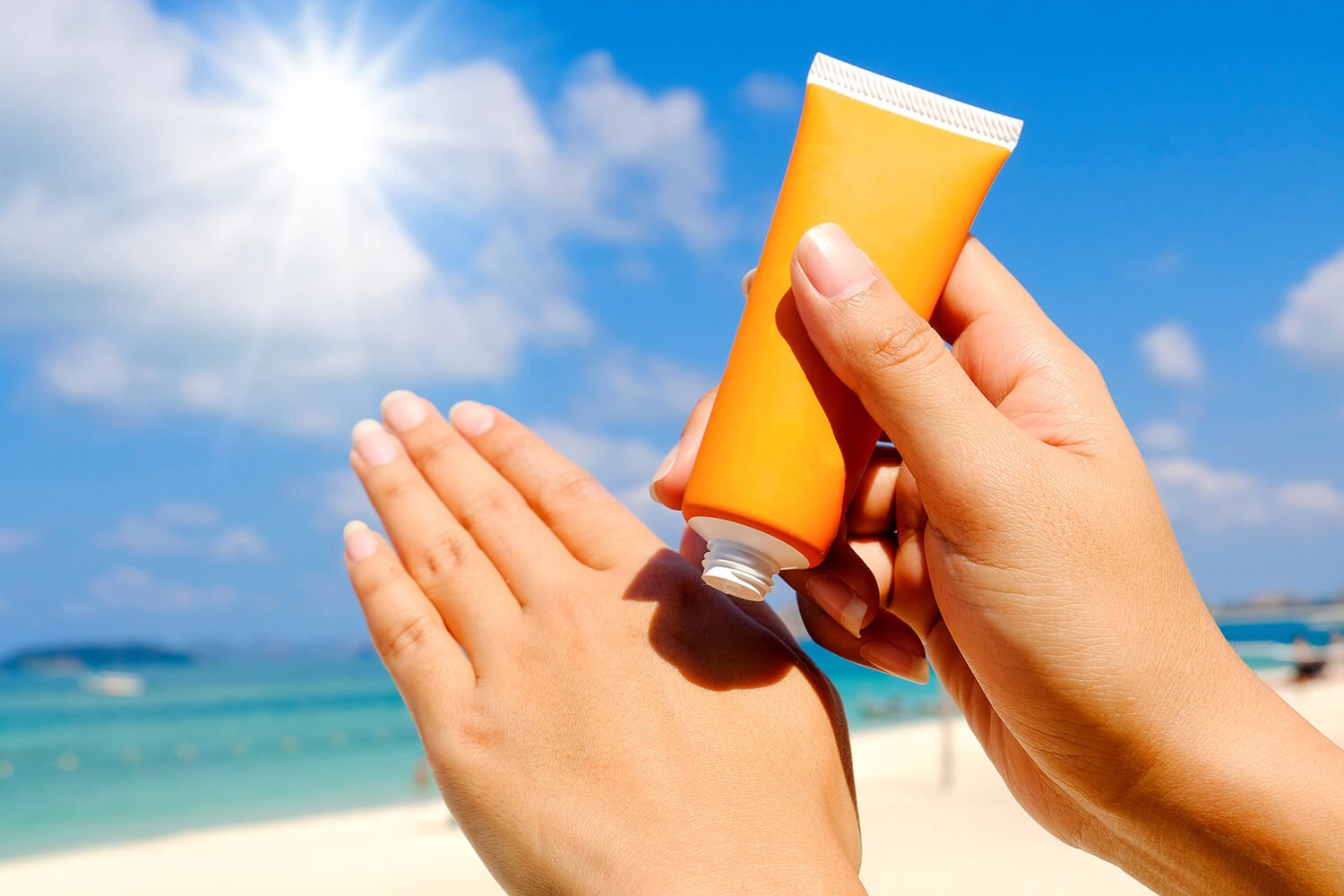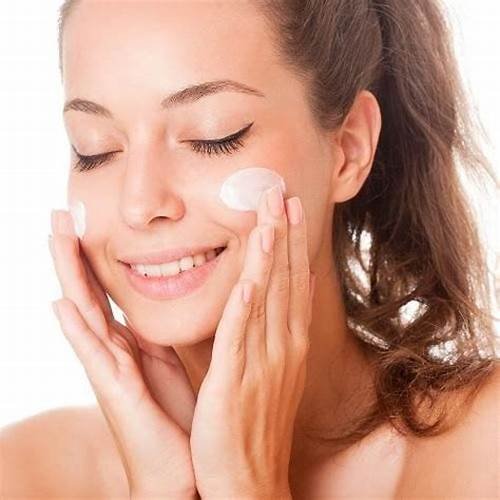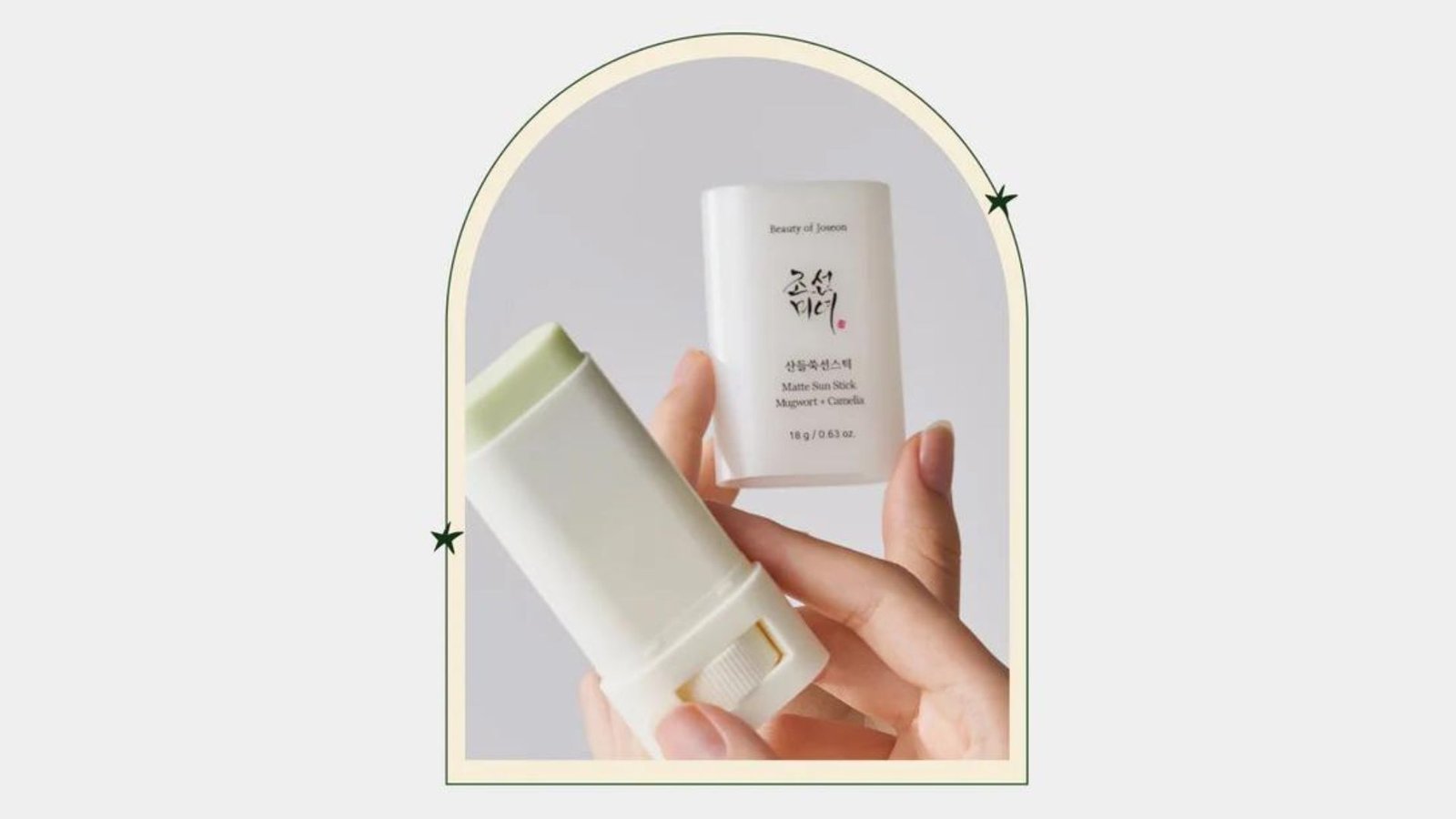Sunscreen is often associated with beach days and summer vacations, but protecting your skin from harmful UV rays is essential year-round. No matter the weather, UV radiation from the sun can cause skin damage, premature aging, and increase your risk of skin cancer. Incorporating sunscreen into your daily skincare routine is one of the most effective ways to safeguard your skin. Here’s why sunscreen is so important and how to protect your skin throughout the year.
Why Sunscreen Matters Year-Round
The sun emits two types of harmful rays: UVA and UVB. Both can damage your skin, but in different ways:
- UVA rays penetrate deep into the skin, contributing to premature aging, wrinkles, and long-term skin damage.
- UVB rays affect the outer layer of the skin and are primarily responsible for sunburn.
Even on cloudy days or in colder months, up to 80% of the sun’s UV rays can still reach your skin, making it crucial to wear sunscreen every day, regardless of the season.
Key Benefits of Using Sunscreen Regularly
- Prevents Sunburn: Sunscreen protects your skin from the harmful effects of UVB rays, reducing the risk of painful sunburns.
- Reduces Skin Cancer Risk: Prolonged exposure to UV radiation increases the risk of skin cancer, including melanoma, the deadliest form. Consistent use of sunscreen significantly lowers this risk.
- Prevents Premature Aging: UVA rays break down collagen and elastin in the skin, leading to wrinkles, fine lines, and sagging. Sunscreen helps prevent this type of damage, keeping your skin looking youthful.
- Protects Against Hyperpigmentation: Sun exposure can cause dark spots and uneven skin tone, especially in those prone to hyperpigmentation. Sunscreen helps prevent this by blocking UV rays from reaching the skin.
- Supports Overall Skin Health: Sunscreen acts as a barrier against external stressors, helping to maintain the skin’s moisture levels and reduce irritation.

How to Choose the Right Sunscreen
Not all sunscreens are created equal. Here’s what to look for:
- Broad-Spectrum Protection: Choose a sunscreen that offers both UVA and UVB protection to ensure your skin is shielded from all harmful rays.
- SPF 30 or Higher: The American Academy of Dermatology recommends using a sunscreen with at least SPF 30, which blocks about 97% of UVB rays. Higher SPFs provide more protection, but no sunscreen can block 100% of UV rays.
- Water-Resistant: If you’re swimming, sweating, or spending extended time outdoors, choose a water-resistant formula to maintain protection.
- Skin Type Considerations:
- For oily or acne-prone skin, opt for a lightweight, oil-free, non-comedogenic formula.
- For dry skin, look for sunscreens that contain hydrating ingredients like hyaluronic acid or glycerin.
- For sensitive skin, mineral-based sunscreens with zinc oxide or titanium dioxide are often less irritating than chemical sunscreens.
Tips for Applying Sunscreen Effectively
- Apply Enough: Use about a shot-glass-sized amount (approximately 1 ounce) of sunscreen to cover your entire body. For your face, a nickel-sized amount is recommended.
- Reapply Frequently: Sunscreen should be reapplied every two hours, or more often if you’re swimming or sweating.
- Don’t Forget Key Areas: Commonly missed spots include the ears, neck, back of the hands, and tops of the feet. These areas are just as susceptible to sun damage as the rest of your body.
- Use Sunscreen Indoors: Even if you’re inside, UVA rays can penetrate through windows. If you’re near windows or driving, applying sunscreen is still necessary.
- Layering with Makeup: If you wear makeup, apply sunscreen as the last step in your skincare routine, before applying foundation. Some makeup products contain SPF, but it’s often not enough to provide full protection.
Protecting Your Skin in Every Season
Spring
Spring is a time when UV levels start to rise again after winter, making it crucial to increase your sunscreen usage, especially when spending more time outdoors.
- Tip: Transition to a lightweight formula that absorbs easily as temperatures rise.
Summer
UV rays are at their strongest during the summer months, so sunscreen should be reapplied frequently, especially after swimming or sweating.
- Tip: Use a water-resistant sunscreen and seek shade during peak hours (10 a.m. to 4 p.m.).
Fall
As temperatures cool down, it’s easy to forget sunscreen. However, UV rays are still present, and fall activities like hiking or outdoor sports can expose your skin to the sun.
- Tip: Choose a hydrating sunscreen with moisturizing ingredients to combat dryness as the air becomes cooler.
Winter
Even in winter, UV rays reflect off snow, doubling your exposure to harmful radiation. Sunscreen is just as important during this season, especially for winter sports enthusiasts.
- Tip: Use a rich, moisturizing sunscreen to protect your skin from both UV rays and cold, dry air.
Additional Sun Protection Tips
- Wear Protective Clothing: Clothing made with UV-protective fabric can provide an extra layer of defense against the sun. Look for items like long sleeves, wide-brimmed hats, and sunglasses with UV protection.
- Seek Shade: Limit direct sun exposure, especially during peak UV hours. If you’re outside for an extended period, take breaks in the shade.
- Monitor Your Skin: Regularly check your skin for any unusual changes, such as new moles, spots, or changes in the size or color of existing moles. Early detection is key to preventing skin cancer.
Conclusion
Sunscreen is not just a summer essential; it’s a year-round necessity for healthy, glowing skin. By incorporating broad-spectrum sunscreen with at least SPF 30 into your daily routine, you can protect your skin from harmful UV rays, prevent premature aging, and reduce your risk of skin cancer. Remember, the sun doesn’t take a break, so neither should your sunscreen habit.




